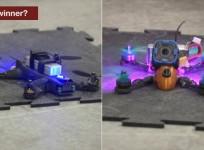
Nasa

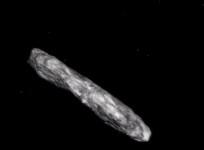
Meet Oumuamua: All you need to know about the first interstellar asteroid to enter our Solar System
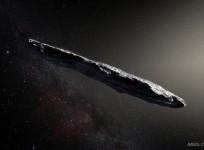
First-ever interstellar cigar-shaped asteroid discovered! [VIDEO]

Fake photo continues conspiracy that the moon landing was a hoax
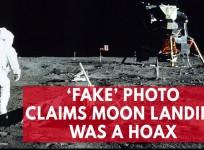
Fake photo continues conspiracy that the moon landing was a hoax

NASA animated this years hurricane season in a gorgeous video
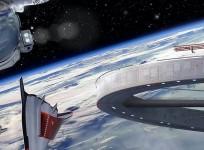
Asgardia nanosat launched: 7 things to know about the first independent 'space nation' [Watch Video]
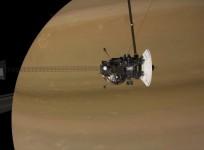
What is Nasas Kilopower? This space nuclear reactor could be the key to colonizing Mars
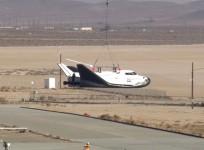
Dream Chaser Spacecraft has first successful test flight
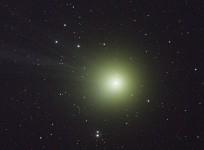
Comet C/2012 K1 observed during it's first pass through Solar System using NASA's SOFIA
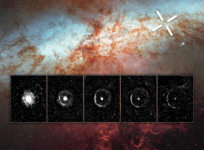
NASAs Hubble space telescope captures supernovas light echo

Uber and NASA team up to offer flying taxis by 2020
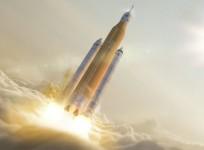
What the first launch of Nasas mammoth Space Launch System might look like

What the first launch of Nasas mammoth Space Launch System might look like
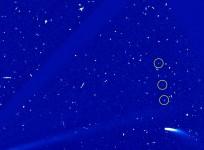
In a rare sighting recurring comet 96P has been spotted by two NASA, ESA observatories
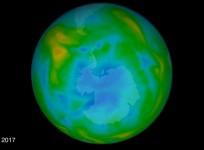
Nasa finds hole over ozone at its smallest since 1988
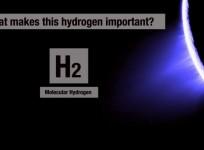
Nasa: Ingredients for life at Saturns moon Enceladus

Nasa plans return to moon with Orion spacecraft
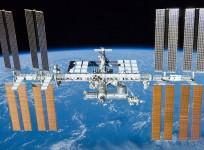
Long-term space mission impacts the brains of astronauts severely

These Nasa space recordings are guaranteed to creep you out
Advertisement
Advertisement










